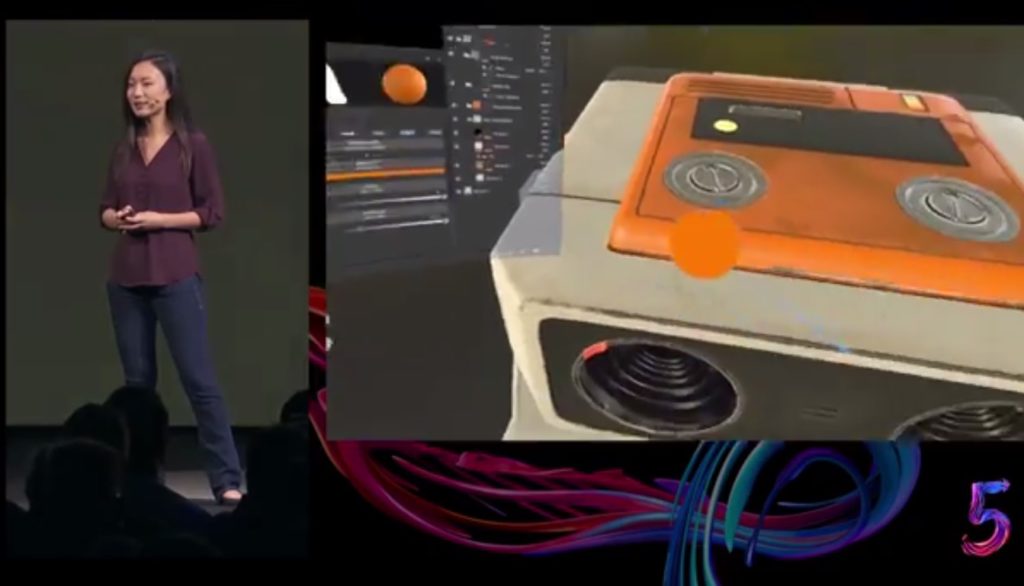
The last decade was a mobile heaven. The amount of applications that turned from regular apps you need to install and website you need to use online have moved to mobile devices. Smartphone or tablet computer made a revolution in the way applications are discovered, delivered and used. A combination of camera, geographical location together with maps gave a new sense of reality for applications.
CAD vendors rushed to deliver their application on mobile devices, but even so I don’t think revolution was made here. There are very successful professional mobile apps, but they mostly focused on a the ability of mobile device to be available at the time and place where regular browser or desktop cannot make it (field services, shopfloor, etc.). Traditional desktop and even web browser based CAD application workflows didn’t changed.
My attention was caught by UploadVR article – Oculus Rift ‘Hybrid Apps’ Could Bring PC Modeling, CAD, and Animation Software To VR. The article speaks about a new way to bring traditional application to VR – a new way to bring existing application to a new space – 3D space.
So at Connect 5, Oculus announced “Hybrid Apps” as an attempt to help with this problem. With Hybrid Apps, Oculus lets developers of non-VR PC software easily show their existing UI panes as floating elements in VR, and render any 3D objects in VR, with the Rift system software handling the VR rendering.
A promising feature of Hybrid Apps is that users can toggle between desktop and VR on the fly by simply putting on or taking off the Rift, letting them leverage the advantages of each medium — text and details on the monitor, and 3D tasks in VR.
So, what if traditional CAD interfaces will become re-targeted to a new devices with a 3D Experience (oops… Dassault Systemes).
The following passage is a key –
How successful the Hybrid Apps venture is will depend on the willingness of PC software companies to take a leap into VR, but if it is adopted by major software packages, we could be entering an era of VR-enhanced 3D art creation sooner than expected.
What is my conclusion? Are we going to see Solidworks, Solid Edge and Autodesk Inventor running as VR-enabled application any time soon? This is a question that mostly dependent on wiliness of vendors and they are mostly conservative. At the same time, new platforms looking how to disrupt the market (Eg. Onsahpe, Shapr 3D CAD) can find it as an opportunity to introduce something that nobody did before. Just my thoughts…
Oleg
Disclaimer: I’m co-founder and CEO of OpenBOM developing cloud based bill of materials and inventory management tool for manufacturing companies, hardware startups and supply chain. My opinion can be unintentionally biased
The post Is VR a “new mobile” for CAD? appeared first on Beyond PLM (Product Lifecycle Management) Blog.




Be the first to post a comment.